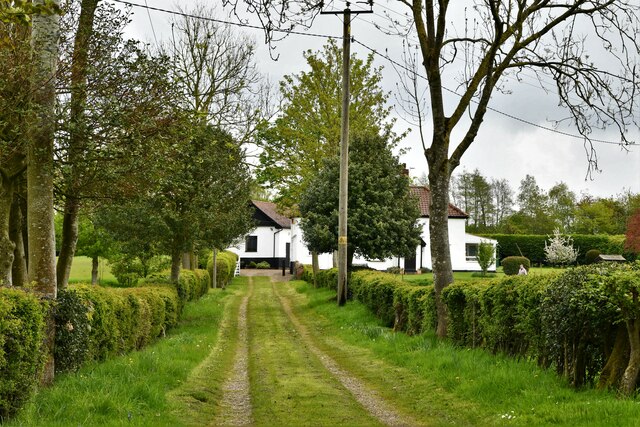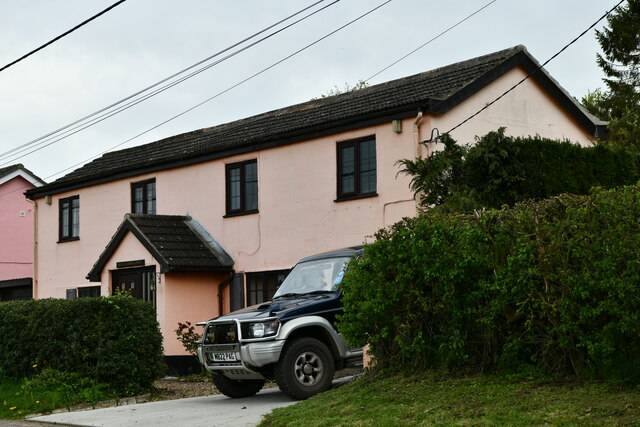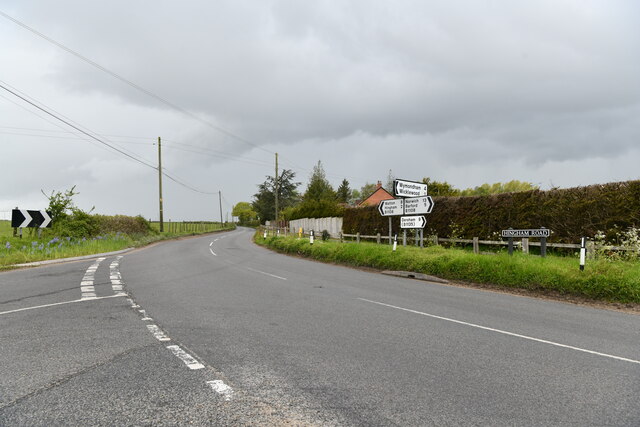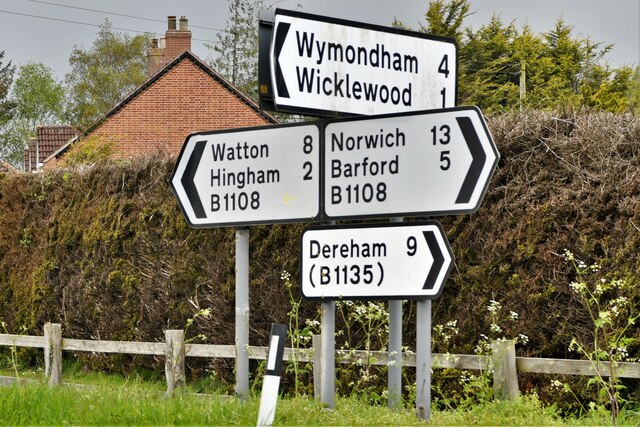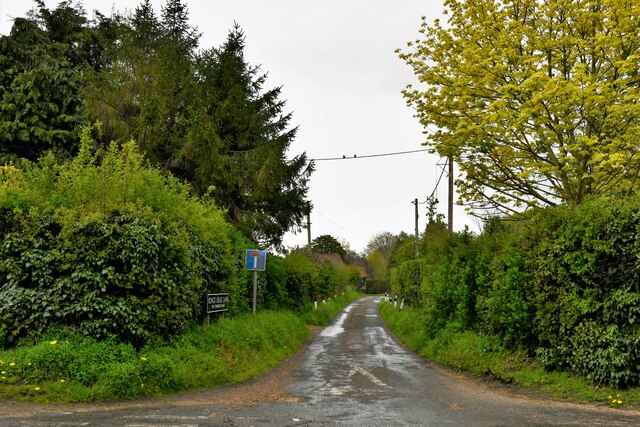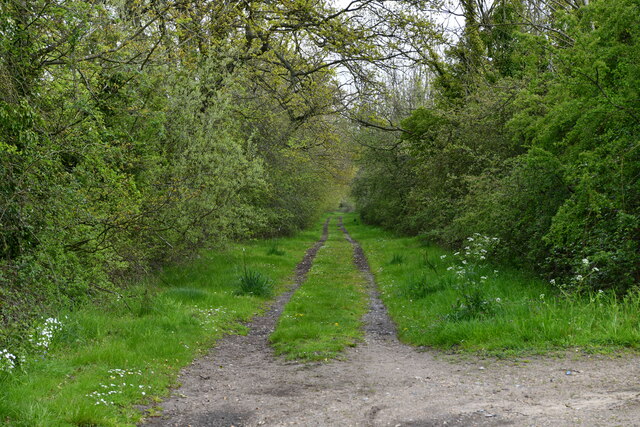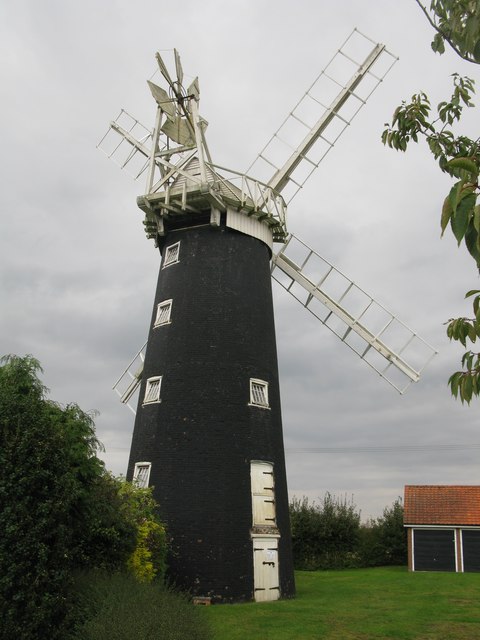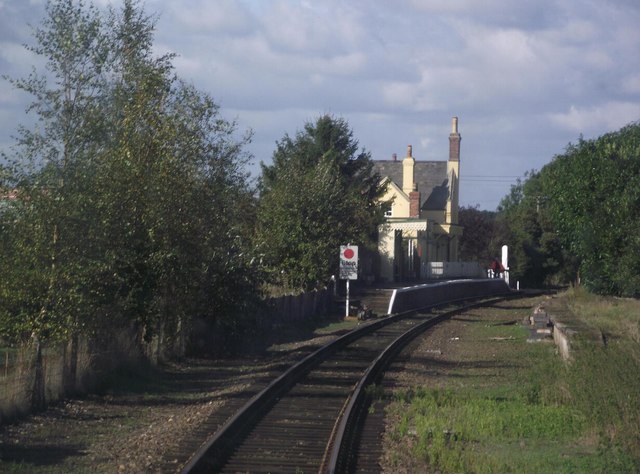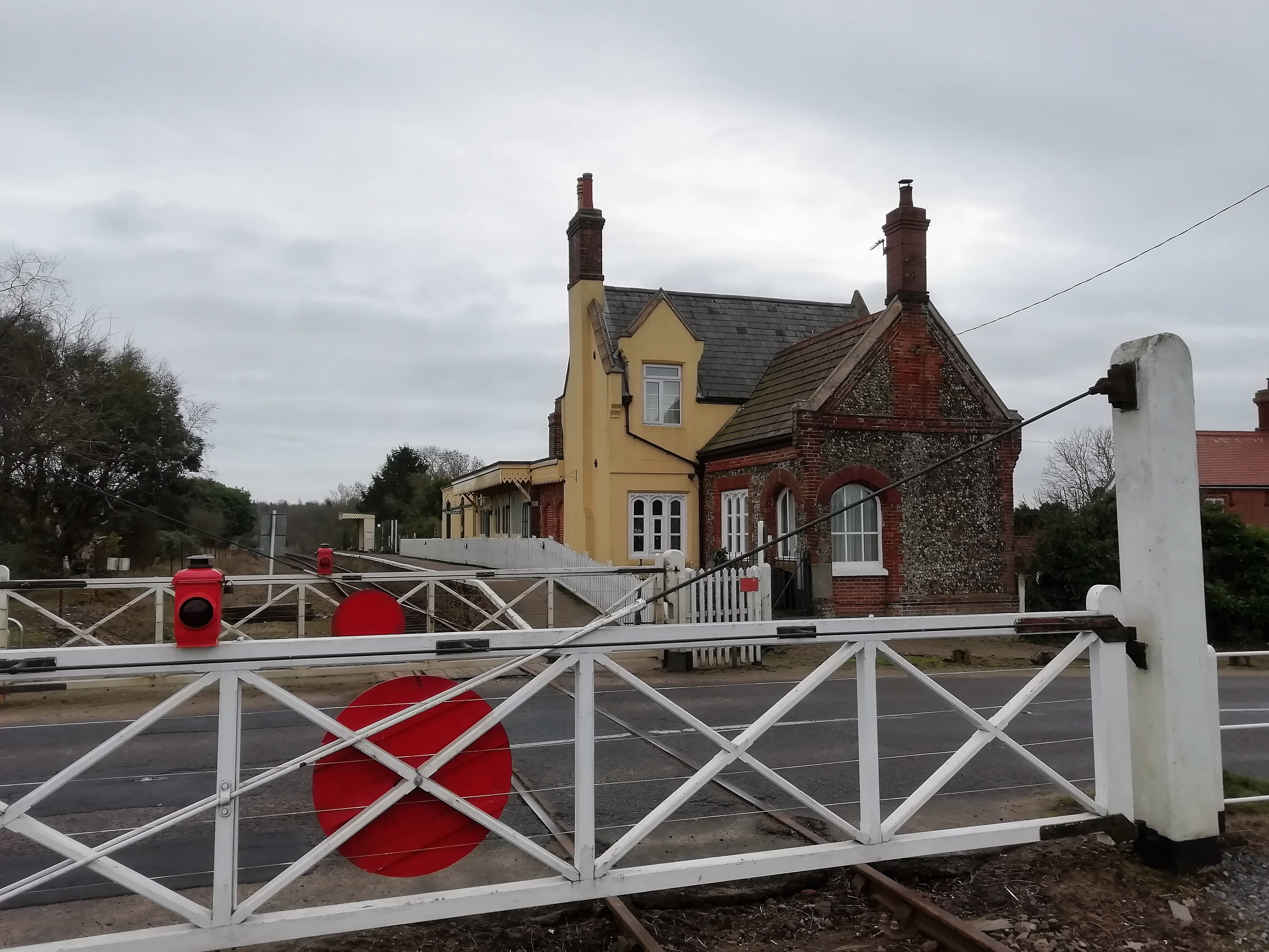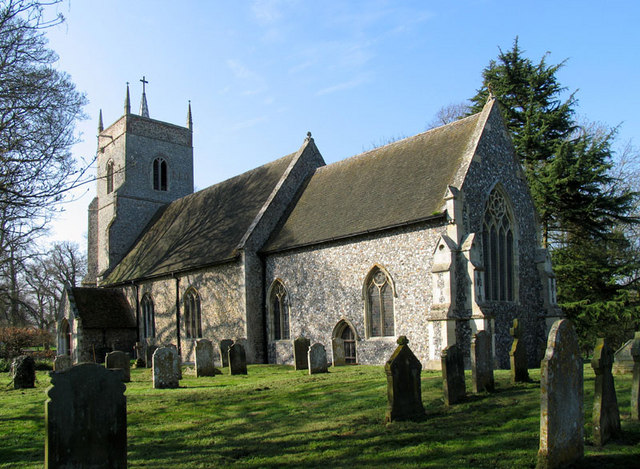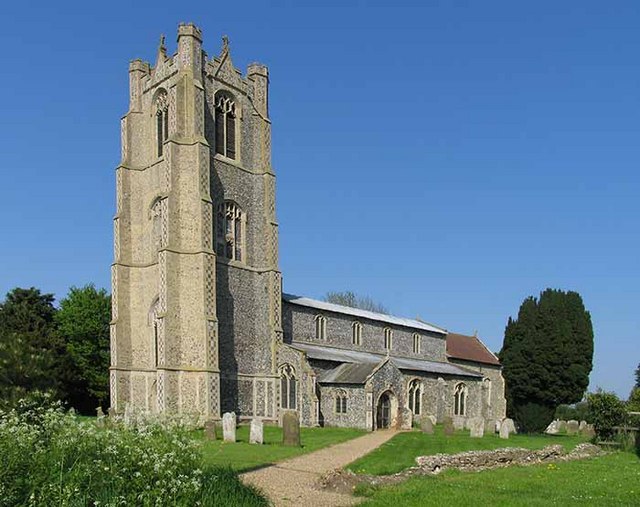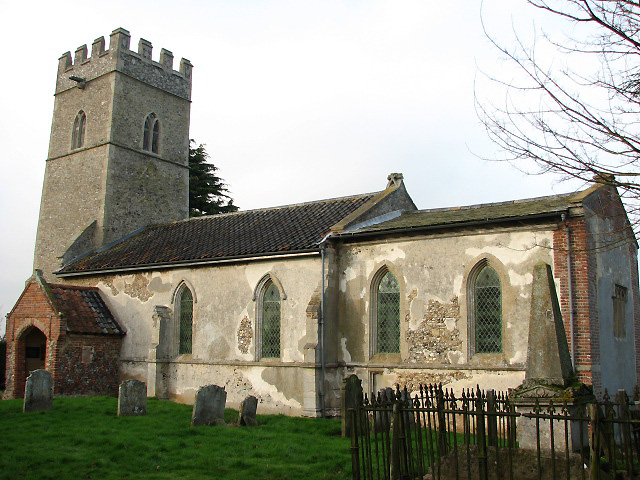Wildman Plantation
Wood, Forest in Norfolk South Norfolk
England
Wildman Plantation

Wildman Plantation is a beautiful woodland area located in Norfolk, England. Situated just outside the village of Wood, it covers a vast expanse of land, with dense forest and diverse flora and fauna. The plantation is a haven for nature enthusiasts and those seeking tranquility amidst the natural surroundings.
The Woodman Plantation is renowned for its ancient woodland, which has been preserved for centuries. The forest is dominated by a variety of tree species, including oak, beech, and birch, creating a mesmerizing canopy that offers shade and shelter to numerous wildlife species. The undergrowth is rich with wildflowers, ferns, and mosses, adding to the overall enchanting ambiance.
Visitors to Wildman Plantation can partake in a variety of activities. There are well-maintained walking trails that wind through the forest, allowing visitors to explore the diverse ecosystem and spot various birds, mammals, and insects. Nature lovers can indulge in birdwatching, as the plantation is home to a wide range of avian species, including woodpeckers, owls, and various songbirds.
The plantation also features picnic areas and designated camping spots, providing opportunities for families and outdoor enthusiasts to enjoy the serenity of the surroundings. Additionally, there are informative signboards placed strategically throughout the area, offering insights into the local flora and fauna, as well as the history and conservation efforts of the plantation.
Wildman Plantation is not only a natural haven but also an important site for conservation, as it actively participates in habitat restoration and preservation programs. It collaborates with local organizations and volunteers to maintain the biodiversity of the plantation and raise awareness about the importance of protecting natural environments.
Overall, Wildman Plantation is a picturesque woodland retreat, offering visitors an opportunity to connect with nature, experience its beauty, and learn about the importance of conservation. Whether it's a leisurely walk, birdwatching, or simply basking in the tranquility, this plantation provides a memorable experience for
If you have any feedback on the listing, please let us know in the comments section below.
Wildman Plantation Images
Images are sourced within 2km of 52.58727/1.0574884 or Grid Reference TG0703. Thanks to Geograph Open Source API. All images are credited.
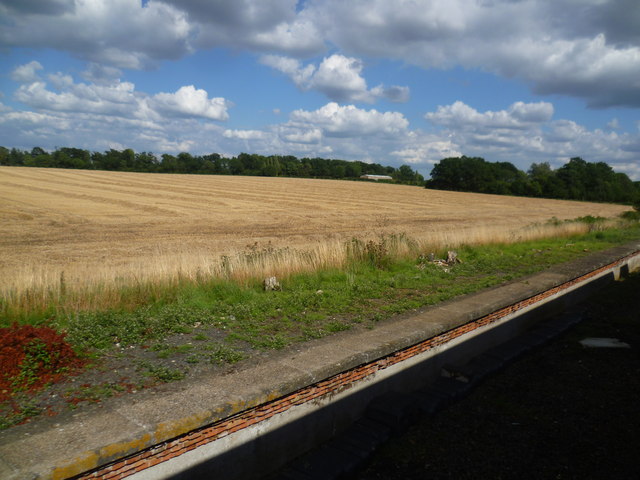
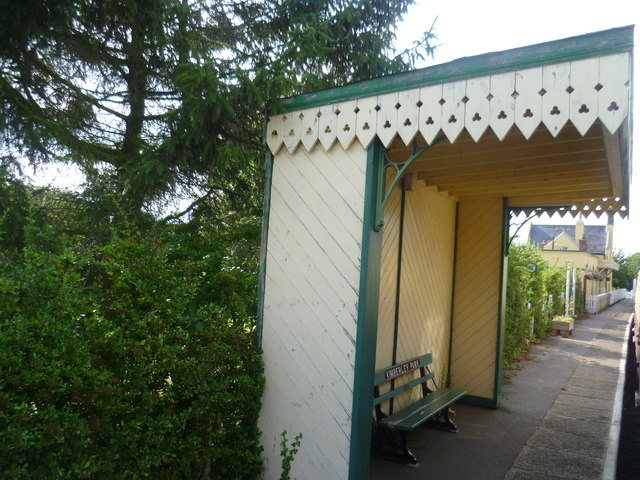
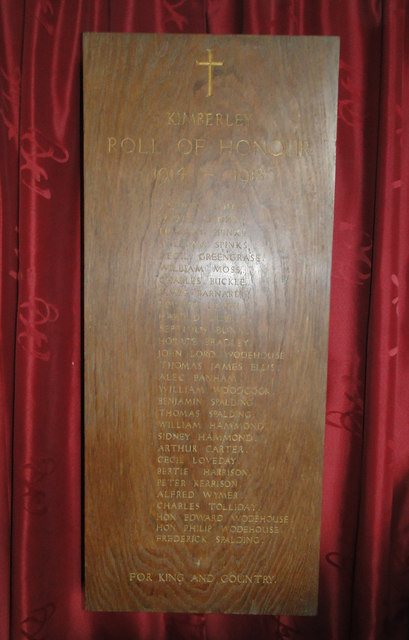
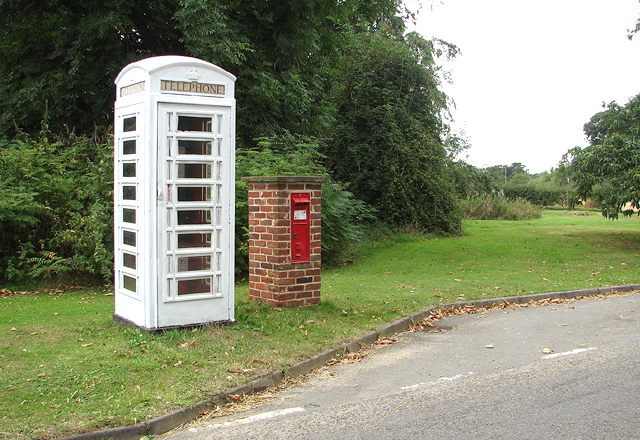
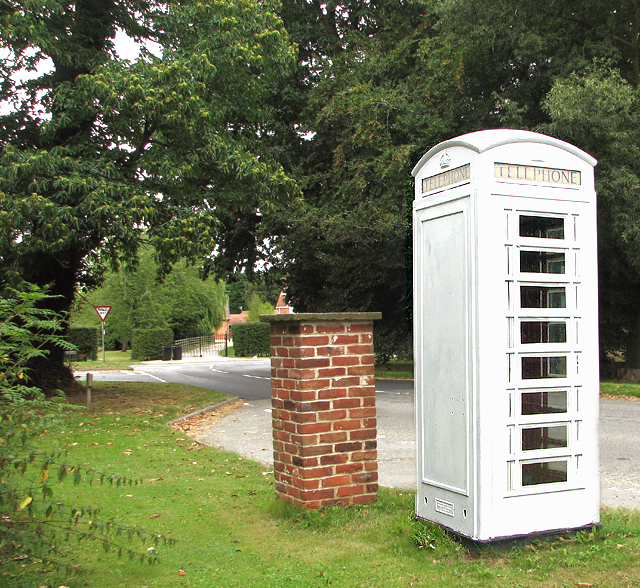
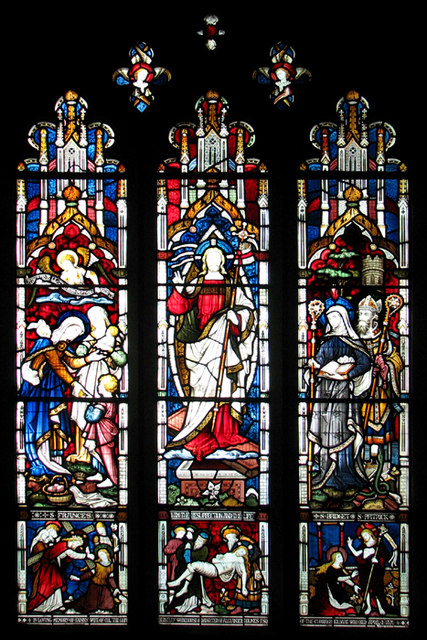
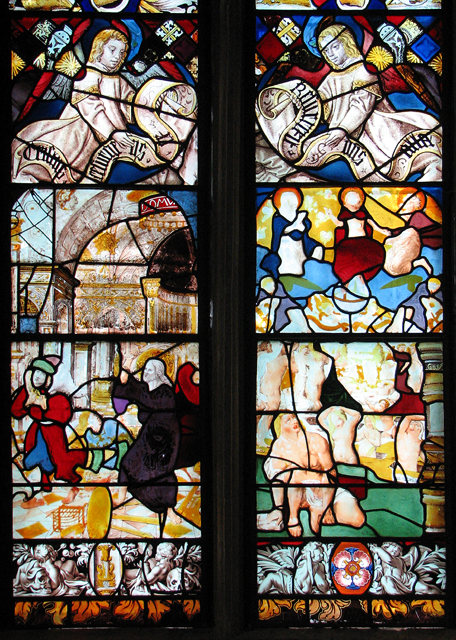
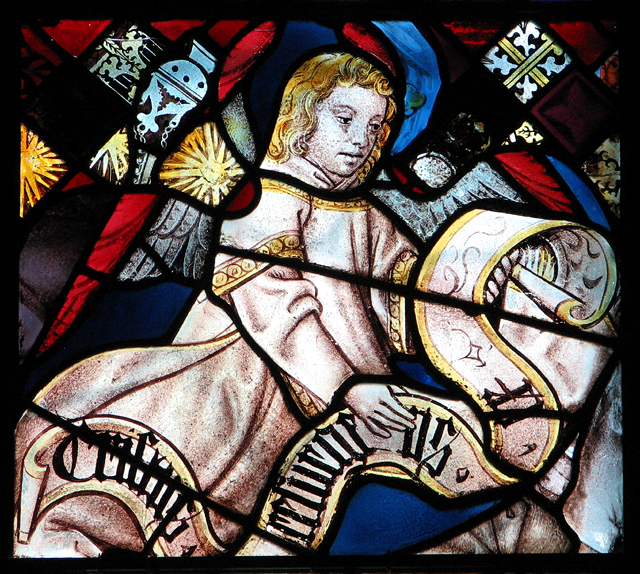
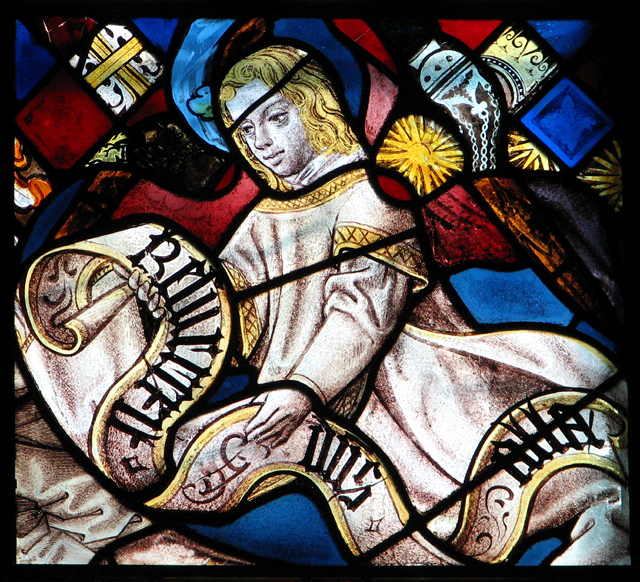
Wildman Plantation is located at Grid Ref: TG0703 (Lat: 52.58727, Lng: 1.0574884)
Administrative County: Norfolk
District: South Norfolk
Police Authority: Norfolk
What 3 Words
///array.crafted.buckets. Near Hingham, Norfolk
Nearby Locations
Related Wikis
Kimberley Park railway station
Kimberley Park railway station is a railway station in the village of Kimberley in the English county of Norfolk. == History == The Wymondham-Dereham branch...
Wicklewood
Wicklewood is a village and civil parish in the South Norfolk district of Norfolk, England. It is located 11 miles (18 km) west of Norwich next to the...
Kimberley, Norfolk
Kimberley is a village and civil parish in the South Norfolk district, in the county of Norfolk, England, situated about 3 miles (4.8 km) north-west of...
Wicklewood Roman Temple
Wicklewood Roman Temple is the site of a Romano-Celtic temple near Wicklewood and about 1.5 miles (2.4 km) north-west of Wymondham, in Norfolk, England...
Hardingham
Hardingham is a civil parish in the English county of Norfolk. It covers an area of 4 square miles (9.78 km) with a population of 274 in 110 households...
Carleton Forehoe
Carleton Forehoe is a village and former civil parish 9 miles (14 km) west of Norwich, now in the parish of Kimberley, in the South Norfolk district, in...
Deopham
Deopham is a village and civil parish in the English county of Norfolk. Deopham is located 3.9 miles west of Wymondham and 12 miles south-west of Norwich...
St Michael's Church, Coston
St Michael's Church is a redundant Anglican church in the hamlet of Coston, in the civil parish of Runhall, Norfolk, England. It is recorded in the National...
Nearby Amenities
Located within 500m of 52.58727,1.0574884Have you been to Wildman Plantation?
Leave your review of Wildman Plantation below (or comments, questions and feedback).
